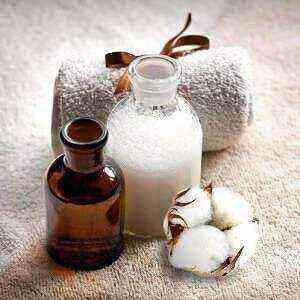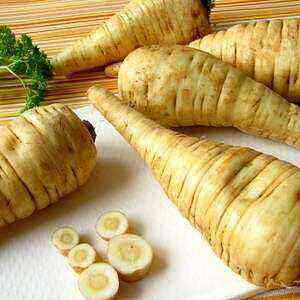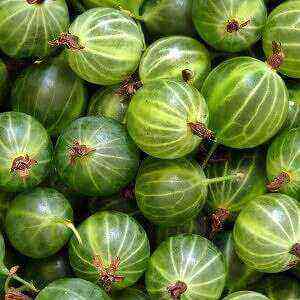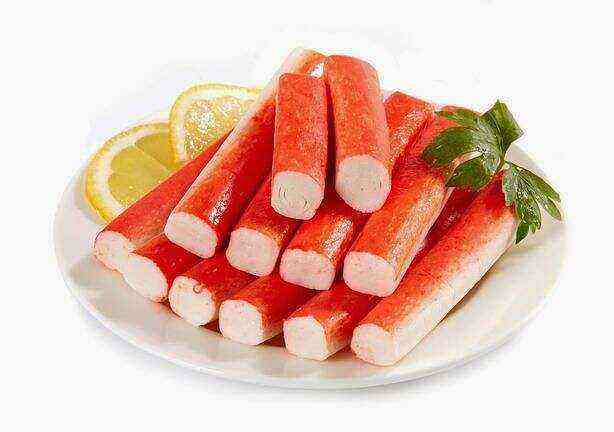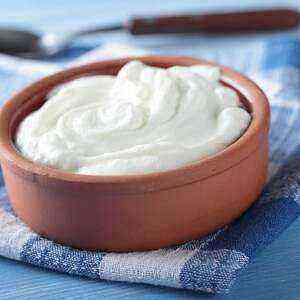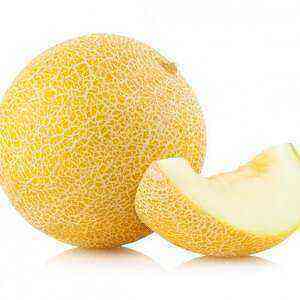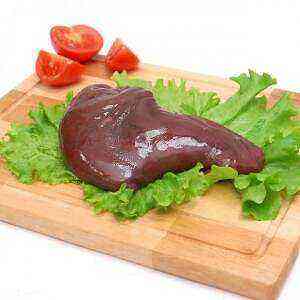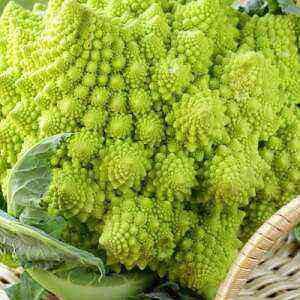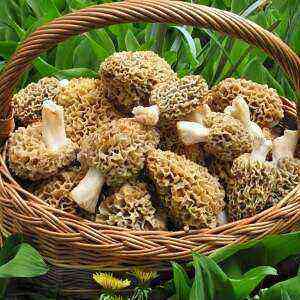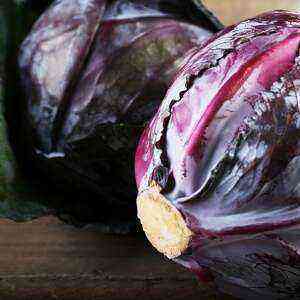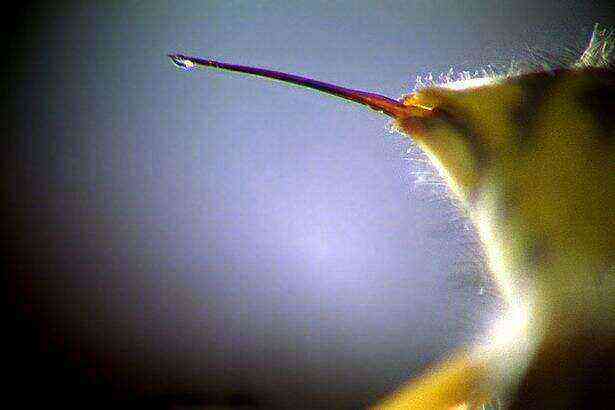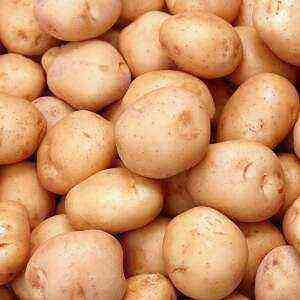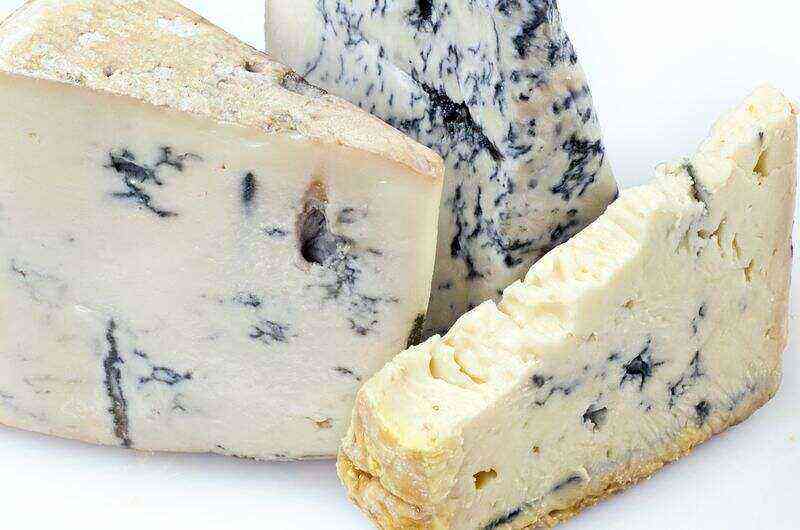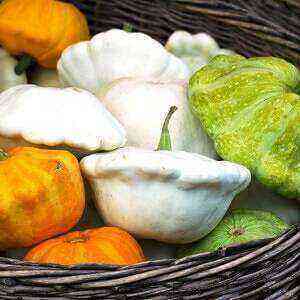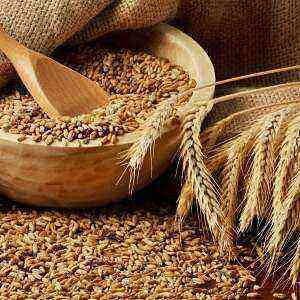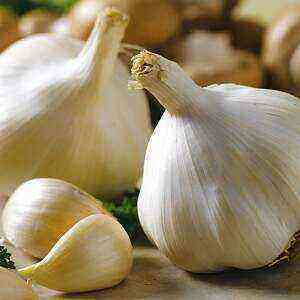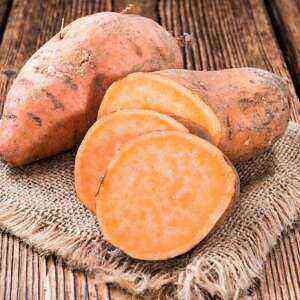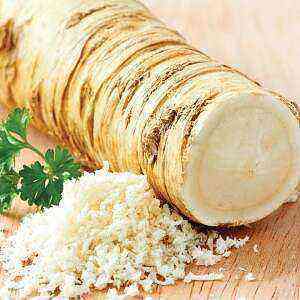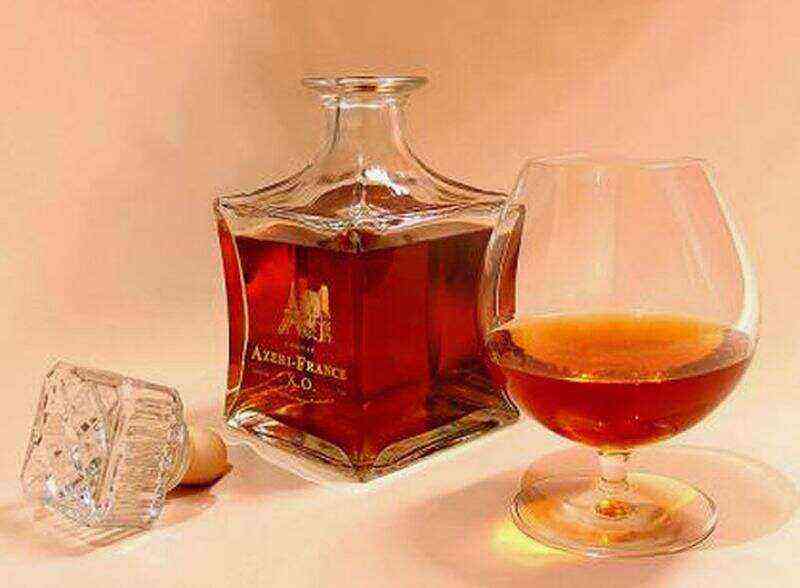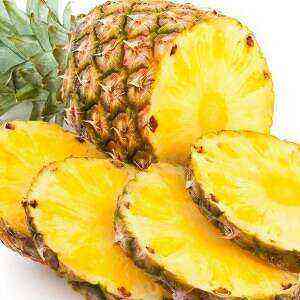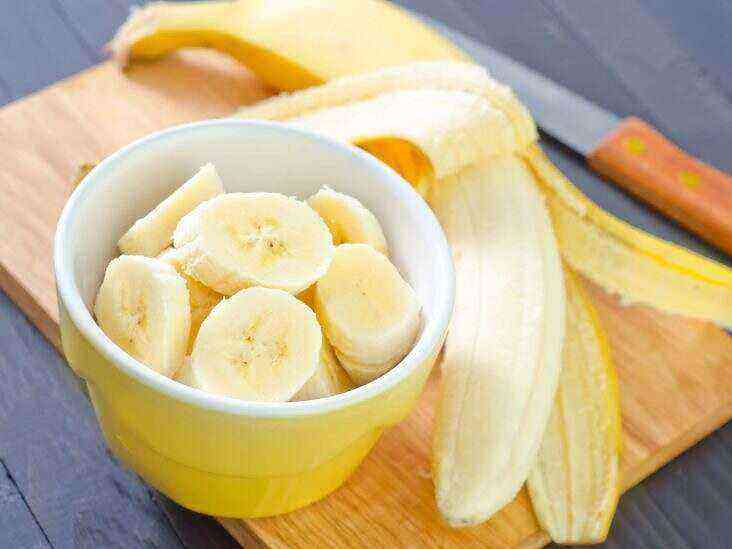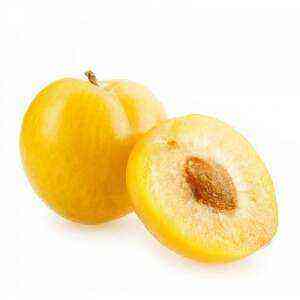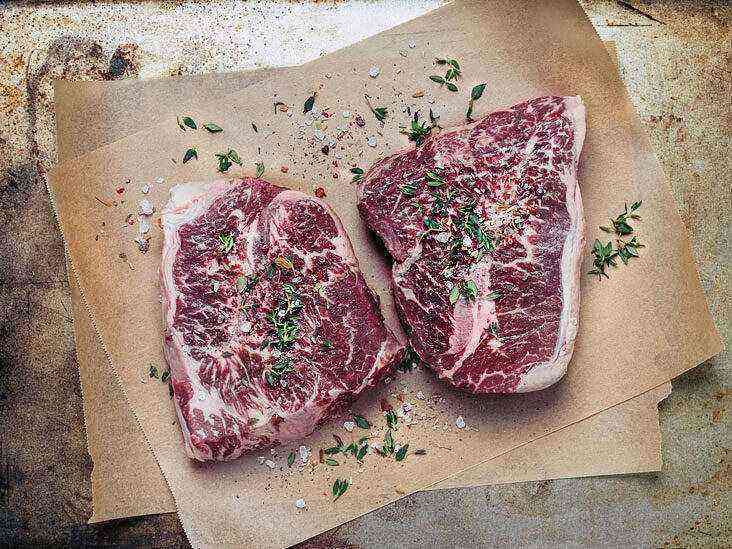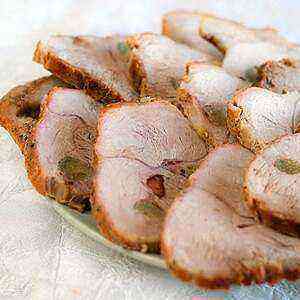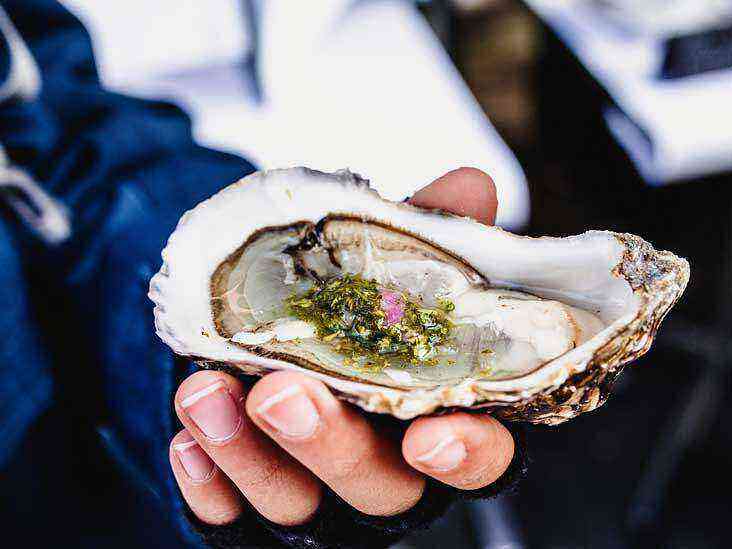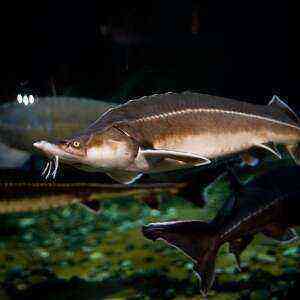
In addition, sturgeon is used in dietology to stimulate the immune status, normalize lipid metabolism, stabilize the psycho-emotional background, improve the rheological parameters of the blood and increase vitality.
Interestingly, high-quality glue is used to make grape wines from the swimbladder of the species representative.
Description of the royal fish
Sturgeon is a predatory near-bottom animal that feeds on small fish, worms and clams. This navigator is characterized by an elongated spindle-shaped body, covered with five rows of relief scutes. Moreover, one strip of protective plates stretches along the back and sides of the animal, and the other two along its belly.
The sturgeon’s head is conical, slightly flattened at the top. The mouth is retractable, toothless, bordered by fleshy lips and two pairs of tactile whiskers. The average length of the fish is 0,8-1 m, the weight is 10-30 kg. The color of the body depends on the habitat and ranges from gray to dark brown. The abdomen of fish is almost always colored in a light pink hue.
The lifespan of an individual is 40-50 years. However, males reach sexual maturity only at 8-14 years, and in females – 10-20 years. Sturgeon breeds in spring and summer on stony placers flooded by floods. On the spawning ground, animals go into fresh water bodies with a strong current. After throwing the eggs, they “slide” back into the sea. Considering that fertilized eggs have a sticky shell, they stick to the pebbles for 90 hours. After the end of the incubation period, the fry hatch from the eggs. It is interesting that at first they feed on their own resources (the yolk bladder), and then the endogenous “sac” gradually dissolves. The first food for the larvae is zooplankton. As a rule, young growth stays for 2-3 years in places of “birth”, after which it rolls into the sea. Further “feeding” of fish to sexual maturity occurs in salt waters.
It is worth noting that sturgeon is a very prolific fish. In one spawning period, they can sweep up to a million eggs.
However, due to poaching and mass fishing, fish are on the verge of extinction. In order to preserve the population, a detachment of sturgeon in 1996 was included in the International Red Registry. Along with this, many countries periodically impose a moratorium on the production of black caviar, as well as resort to artificial breeding of individuals in aquaculture enterprises.
Chemical composition
The energy value of sturgeon meat is 105 kcal, and granular caviar – 200 kcal.
Table No. 1 “Nutritional value of sturgeon meat and caviar”
Name
Content in 100 grams of product, grams
Fish fillet
Granular caviar
Water
76.55
56.5
Proteins
16.14
28.4
Fats
4.04
9.3
Ash
1.1
5.2
Cholesterol
0.06
0.3
Carbohydrates
0
0.6
Table No. 2 “Vitamin and mineral composition of sturgeon meat and caviar”
Name
Nutrient content in 100 grams of product, milligrams
Fish fillet
Granular caviar
Vitamins
Choline (B4)
56
150
Niacin (B3)
11.32
9.2
Pantothenic acid (B5)
0.75
0.8
Tocopherol (E)
0.5
3.2
Retinol (A)
0.21
0.18
Pyridoxine (B6 )
0.2
0.29
Cholecalciferol (D)
0.1
0.08
Riboflavin (B2)
0.07
0.36
Thiamine (B1)
0.07
0.3
Folic acid (B9)
0.015
0.024
Cobalamin (B12)
0.002
0.015
Ascorbic acid (C)
0
1.7
Macronutrients
Potassium
284
70
Phosphorus
211
460
Sodium
54
1620
Magnesium
35
35
Calcium
13
40
Trace Elements
Iron
0.7
2.2
Zinc
0.8
Copper
0.04
0.07
Manganese
0.03
0.02
Selenium
0.013
0.04
Table №3 “Amino acid sturgeon fast”
Name
The content of protein structures, grams
Glutamic acid
2.41
Aspartic acid
1.65
Lysine
1.48
Leucine
1.31
Alanine
0.98
Arginine
0.97
Valine
0.83
Glycine
0.78
Isoleucine
0.74
Threonine
0.71
Serine
0.66
Phenylalanine
0.63
Proline
0.57
Tyrosine
0.55
Methionine
0.48
Histidine
0.48
Tryptophan
0.18
Cysteine
0.17
Interestingly, the protein structures of sturgeon caviar are represented mainly by high-grade proteins of the globulin type (albumin and ichtulin). The taste of the product increases as the fish grows older. The greatest value is provided by golden “imperial” caviar, harvested from sturgeon that have stepped over an 80 summer line.
The most expensive black caviar in the world is the product, swept the female white sturgeon. The cost of one kilogram is 25 thousand dollars.
Useful Properties

The benefits of sturgeon consumption:
- normalizes carbohydrate metabolism;
- reduces the concentration of “bad” cholesterol;
- improves brain cognitive function;
- stimulates the activity of the immune system;
- prevents the formation of inflammatory reactions;
- improves water-salt metabolism;
- participates in the regulation of vascular tone;
- strengthens the myocardium;
- normalizes blood clotting processes;
- stimulates collagen and elastin synthesis;
- increases bone density;
- improves blood rheology;
- stimulates the synthesis of enzymes, hormones and neurotransmitters;
- promotes tissue regeneration;
- slows down the aging process of the skin;
- enhances libido (libido).
However, despite the usefulness of sturgeon abuse should not be with diabetes, obesity and urolithiasis. In addition, in order to eliminate the risk of botulism infection, it is better to purchase the product from reliable suppliers.
Cooking application
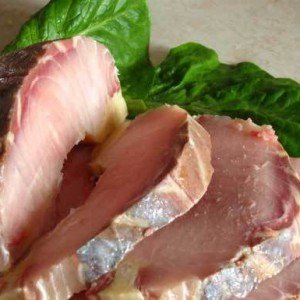
The second indisputable advantage of the product is wastelessness. The volume of inedible parts of the sturgeon is no more than 14%. Moreover, unlike other types of fish, not only meat, caviar, but also the vertebral vein (vyziga) and the head are used for food. This is because a predator’s skeleton is made up of many edible cartilage.
Sturgeon goes well with Provencal herbs, spicy ketchup, dry wine, cheese sauce, mustard and butter.
Sea animal meat is marketed fresh, smoked or frozen.
What to look for when choosing a fish:
- Gills. The chilled sturgeon has a dark brown breathing apparatus. The gills of a long-stored carcass are gray, and that of a rotten carcass is green.
- Weight. The mass of quality fish should be at least 2-x kg.
- Abdomen condition. In fresh sturgeon, the “belly” is colored pink without yellowness. The presence of “tan” on the abdomen indicates improper storage or multiple freezing of raw materials.
- Smell. Recently caught sturgeon has a pleasant fishy flavor without any impurities. If the carcass emanates a sour smell, it is spoiled.
- Fins. When buying frozen raw materials, you should pay attention to the tail of the fish. If it is dry and shabby, the product has been repeatedly frozen or stored for a long time.
- Skin covering. In a quality carcass, the protective plates are painted gray (without yellowing, bruising, and tan) and fit snugly to the spindle-shaped body.
Remember, when buying frozen sturgeon, it is important to ensure that the vigor is removed from it. This is explained by the fact that the chord during long-term storage releases a harmful toxin into the meat. Therefore, when buying, it is better to give preference to a live or chilled carcass, which was stored no more than 7 days.
Before removing a Vigue, first of all get rid of the head, and then the tail part is incised in a circle. After that, the chord is removed from the fresh carcass. When performing the procedure, it is important to be extremely careful that the spinal vein is not overstrained.
Sturgeon caviar
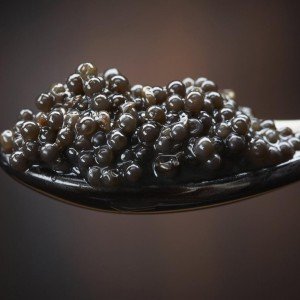
In addition to excellent gastronomic properties, sturgeon caviar is highly valued in traditional medicine. It contains at least 30% easily digestible proteins, 12% fatty acids, 6% vitamins and mineral salts. Caviar is extremely useful in iron deficiency anemia, nervous system disorders, osteoporosis, atherosclerosis, chronic fatigue syndrome. In addition, the product is indicated during pregnancy and breastfeeding (due to the content of vitamin E and choline), as well as in the post-rehabilitation period after surgery (as a tonic).
To get the maximum benefit from the product, you should use only high quality raw materials.
Signs of violation of production technology or storage mode of caviar:
- Pungent sour smell. With prolonged storage of eggs (more than 3 months), lactic acid accumulates in its grains. As a result, the product acquires a pungent odor.
- Thick consistency. This “defect” signals the overshoot of caviar in production. Properly preserved delicacy is always crumbly, and the eggs do not contain mucus or secreted proteins.
- Bitterness. An unpleasant taste, in 80% of cases, is characteristic of a low-quality, salted product. Along with this, intermediate metabolites resulting from the oxidation of fatty acids (in violation of the technology of production of raw materials) give the bitterness to the delicacy.
- Excess fluid. Selection of a brine most often indicates a weakening of the grain during long-term storage or repeated defrosting of raw materials.
- Weakened grain. If the eggs easily break when pressed, the product is untimely saline.

The best producers of “black gold”: TD Tsar-Ryba (Russia), LLC Aquatir (Moldova), LLC Alaska LD (Ukraine), CJSC Russian Caviar House (Russia), LLC Mottra (Latvia ), TD Lemberg (Germany).
In addition, sturgeon caviar is actively used for cosmetic purposes. On its basis, anti-aging remedies are made for the care of mature and fading skin (after 35 years). The most popular manufacturers of caviar cosmetics: “Mirra” (Russia), “Ingrid Millet” (France), “Kerstin Florian” (Sweden), “La Prairie” (Switzerland) “PFC cosmetics” (Spain), “Care and Beauty” ( Israel). These compounds stimulate the formation of collagen, contribute to the repair of cell membranes, increase the protective potential of the dermis, restore skin turgor, saturate the horny layer with nutrients.
Breeding sturgeon
Currently, an increasing number of people are resorting to breeding sturgeon at home. Moreover, if you follow all stages of the technological process, you can get products that are not inferior in quality to livestock caught in natural reservoirs. It is advisable to start choosing a room for swimming pools after studying the primary information about artificial fish breeding.
To grow predators, you will need a plot of land with an area of at least 30 cubic meters. m. It is better to choose a room away from highways, since sturgeons are very shy fish. At the same time, it must be adapted for heating in the winter season. For professional sturgeon cultivation, you will need 5-7 pools, where fish will be sorted as they grow up. However, it is enough for novice breeders to use one small container with a diameter of 2-3 m and a depth of 1 m. In such a pool, about 1 ton of fish can be raised per year.
In order for sturgeons to grow well, tanks should be equipped with compressors, filters, pumps and pipelines (for water changes). In addition, you can purchase an automatic feeder and incandescent lamps.
If plumbing is used to supply water, it is important to ensure that no residual chlorine enters the pool. To eliminate the volatile compound, the tank is additionally equipped with a carbon filter.
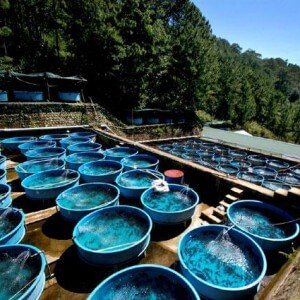
Considering that when purchasing fry it is difficult to determine the rate of their future growth, fish should be sorted into different basins on a weekly basis. At the same time, the cultivation of strong individuals takes no more than 6 months, medium – 7 months, weak – up to 9 months.
Successful breeding of sturgeon fish will require nutritious, high-calorie food. It must contain at least 45% protein, 25% crude fat, 5% dietary fiber, 2% phosphorus and 1% lysine. When choosing food for fish, it is better to give preference to water-resistant food that swells and sinks in water. The frequency of feeding of adults is 4 times a day, fry – 5-6 times a day. At the same time, the intervals between feedings should be equal. Otherwise, the sturgeon may refuse food.
What to catch
Big sturgeon is a desirable prey for every fisherman. However, catching a predator on a donk or float fishing rod is not an easy task. Therefore, before hunting for sturgeon should be thoroughly prepared.
Useful tips on attracting adults:
- As the main bait, it is better to use fry, earthworms, smoked capelin, liver, ridges of pickled herring, millet porridge. In order to prevent feeding by small fish, they string it on a hook, and then wind it with a thread or fishing line.
- Sturgeon bait should be fragrant. Given that the animal is guided by its sense of smell in search of prey, garlic, onion, dill, smoked meats or anise oil can be used as seasoning for the bait.
- Lure is better to cook from fat-free ingredients. When too nutritious bait fish quickly eats and lies on the depth.
- The bait is placed exclusively at the bottom of the reservoir. During the day, it is better to hunt at depth from a boat, and at night – near the coast. In the first case, it is advisable to use a short, durable spinning rod, and in the second, a long float tackle (at least 5 m).
- Nozzles for fishing should be sharp, but soft and voluminous. For the sturgeon is characterized by a large mouth opening, so they do not notice a small bait. If an animal swallows a hard hook, it immediately spits it out (perceived as a stone).
Remember, sturgeon pecks very abruptly, but before that it tries the bait. Therefore, at first, there is a slight tremor in the fishing line, and then a powerful jerk occurs. After the bite, the fish is cut, waiting until strong shocks pass. Then the line is slowly wound on the spinning reel. If the sturgeon in the air makes a “candle”, you need to try to grab it by the tail and drag it into the boat (or ashore).
Recipes
Stuffed Sturgeon
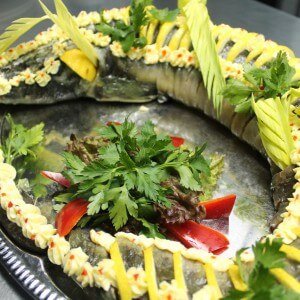
Recipe:
- To fish To do this, the carcass is cleaned of viscera, and then rub it with 5 minutes with salt. After the specified time, the sturgeon is washed and soaked with a paper towel. To remove the peculiar smell of fish can be rubbed with spicy spices (black pepper, thyme, parsley).
- Prepare the stuffing. Beat cream and egg with a mixer (separately), and then combine both masses. Add salt and pepper to the mixture. Grind salmon fillet in a blender (not very finely). Connect the contents of both containers.
- Place the stuffing inside the prepared sturgeon carcass.
- Sew the belly of the fish with thick threads.
- Place the stuffed sturgeon on the oiled baking sheet.
- Bake the product at a temperature of 180 degrees for 60 minutes.
Finished fish spread on a beautiful dish and decorated with flowers from vegetables, greens and a “grid” of mayonnaise.
“Jellied Sturgeon”
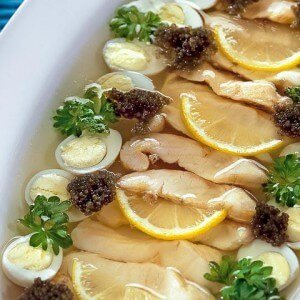
- sturgeon – 1,8 kg;
- carrots – 200 g;
- onion – 150 g;
- olives (boneless) – 100 g;
- egg – 2 pieces;
- parsley (fresh) – 1 bunch;
- gelatin – 25 g;
- allspice – 10 g;
- parsley root – 5 g;
- salt – to taste.
Preparation Scheme:
- To cut up sturgeon. To do this, the entrails are removed from the fish, and then the carcass is rubbed with salt (in 5 minutes). After that, the product is washed with water, the fillets are separated from the ridge, the fins, tail and head are cut off.
- Pour the trim cold water, put on fire. Boil 3 minutes. Then drain the waste fluid into the sink.
- Put “recycled” in a pan with fresh water, bring to a boil. After that, add carrots and onions (pre-sliced) to the broth. Mixture to simmer 30 minutes on low heat, constantly removing the foam.
- Remove from the broth head, spine, tail.
- Place the fish fillets again in the broth, add salt, spices. Boil until cooked (15 minutes).
- Put the finished meat in a pot for the filler, and strain the broth through a fine sieve.
- Posting on fish steak minced carrots and egg.
- Dilute the gelatin in 100 ml of water and then pour into the broth. Heat the mixture to 90 degrees.
- Pour the fish into the prepared broth. Remove the dish in the cold.
Jellied fish is served with horseradish, mayonnaise, olives or lemon juice.
Conclusion
Sturgeon is a valuable commercial fish that lives in the basins of the Caspian, Black, Azov, Baltic and White Seas. Representatives of the species lead near-bottom lifestyle. They feed on small fish, mollusks or worms. Sturgeon, in most cases, spawn out in fresh water. At the same time, in search of favorable conditions for laying eggs, they can travel great distances (up to 500 km). Interestingly, sturgeons are very prolific fish. In one breeding cycle, the female can sweep up to a million eggs. However, due to uncontrolled fishing, this fish is on the verge of extinction. In order to preserve the population, a detachment of sturgeon in 1996 was listed in the International Red Book (protected status EN).
Commercial fish goes on sale both live and chilled, frozen and smoked. It is great for almost all types of culinary processing: frying, baking, boiling, pickling and stewing. In addition, it is used for making balyk, canned food and aspic. In addition to its excellent nutritional properties, the delicacy is highly valued in folk medicine. Considering that it contains a large amount of easily digestible protein, sturgeon is an excellent alternative to poultry meat. Along with proteins, the tissues of the marine life contain many unsaturated fatty acids, B vitamins, micro- and macroelements.
The product must necessarily be consumed (at least 2 once a week) for atherosclerosis, mental disorders, arterial hypertension, anemia, hypothyroidism, hypercholesterolemia, chronic fatigue syndrome, pregnancy, breastfeeding, and after suffering heavy operations.
